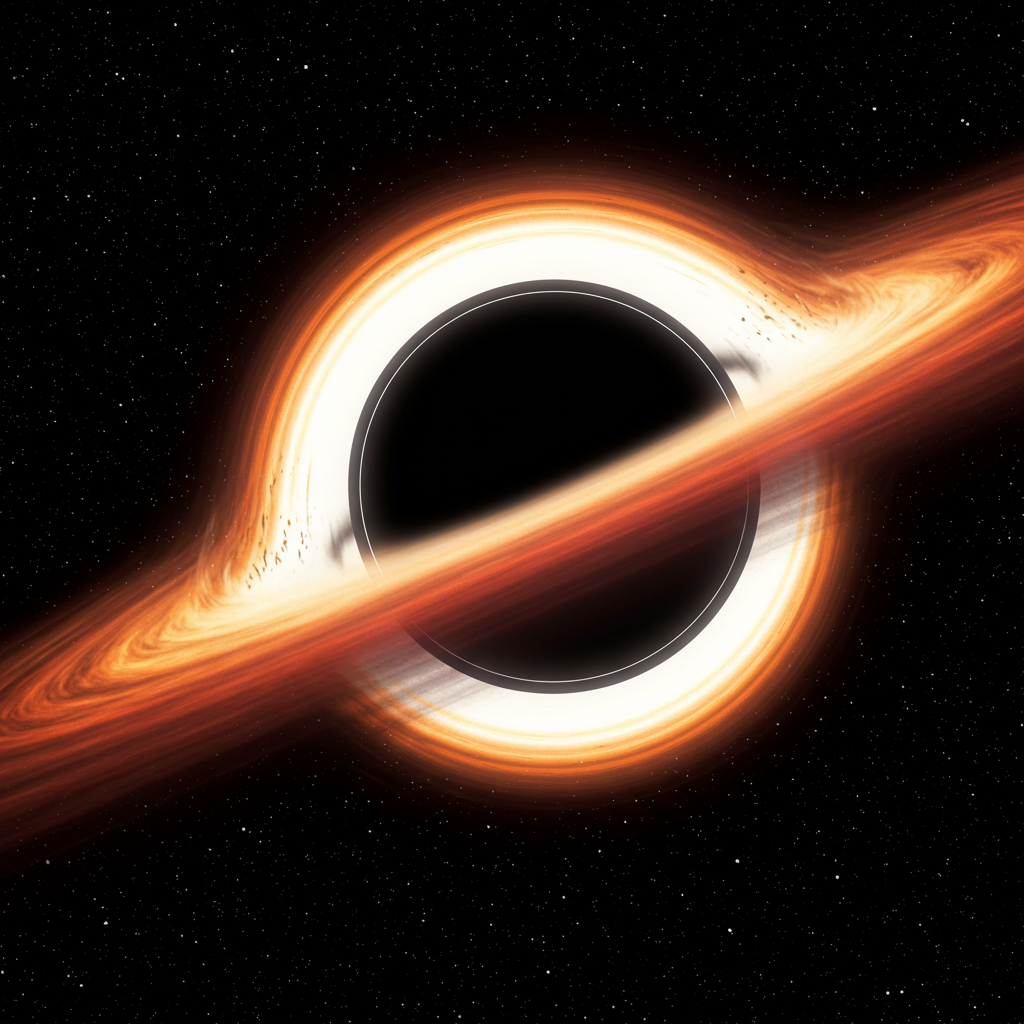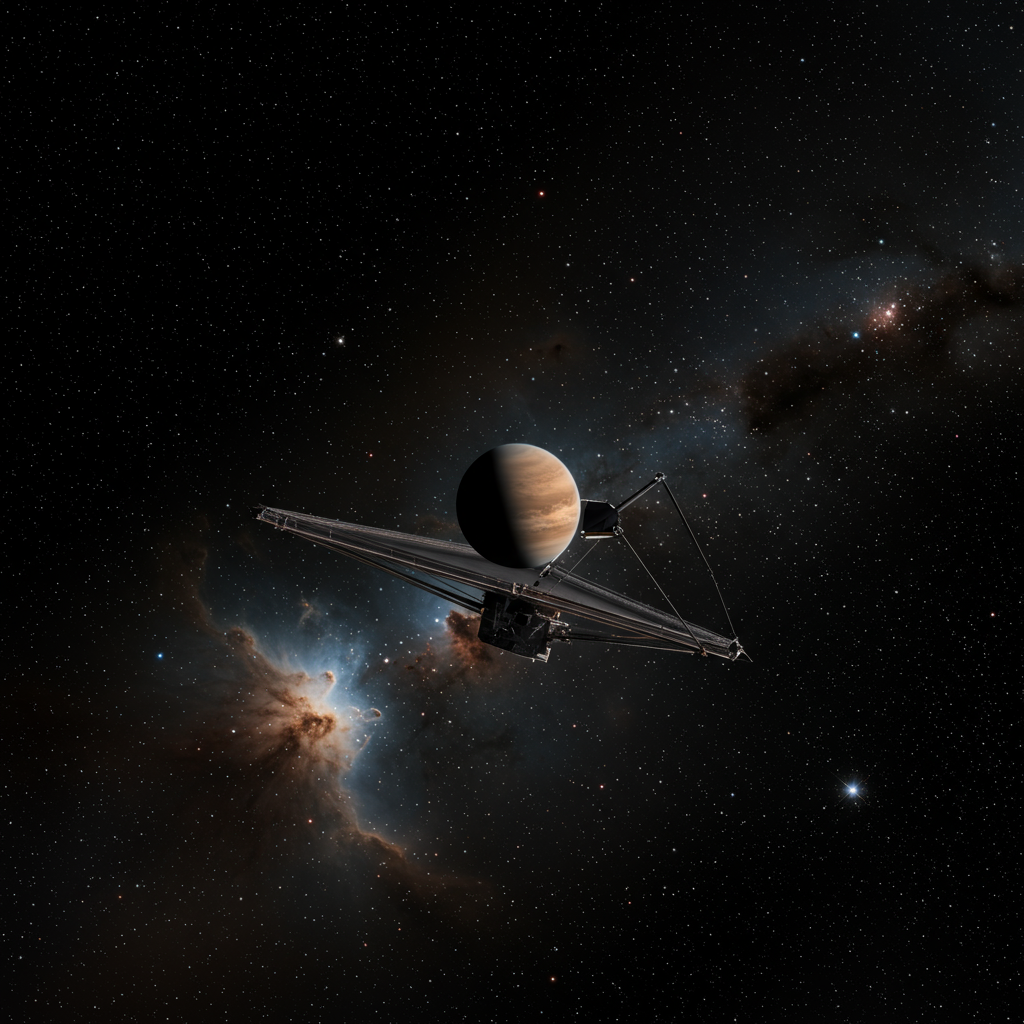The Galactic Center’s Speedy Secret: Sgr A‘s Near-Maximum Spin
At the heart of our Milky Way galaxy lies Sagittarius A (Sgr A), a supermassive black hole weighing in at about 4 million times the mass of our Sun. While previously known to be active, new research leveraging cutting-edge artificial intelligence suggests this cosmic behemoth is spinning at an astonishing rate – potentially almost as fast as physically possible.
This groundbreaking finding, reported in the journal Astronomy & Astrophysics, provides unprecedented precision on one of Sgr A‘s most fundamental properties.
Decoding Cosmic Data with AI
A team led by Michael Janssen at Radboud University in the Netherlands spearheaded the research. They faced the immense challenge of analyzing complex observational data captured by the Event Horizon Telescope (EHT) network, which famously delivered the first image of Sgr A in 2022.
To tackle this, the scientists turned to artificial intelligence, specifically training a Bayesian neural network. Unlike previous studies that relied on a limited number of theoretical models, this approach involved training the AI on an enormous dataset of approximately one million sophisticated black hole simulations. Generating these simulations alone required millions of supercomputer hours, enabled by high-throughput computing technology that distributed the workload across vast computing resources.
By learning from this massive training set, the AI gained the ability to infer the properties of a black hole directly from the intricate EHT data.
Confirming a Blazing Fast Spin
Applying their trained AI to the 2017 EHT observations of Sgr A, the researchers found compelling evidence that the supermassive black hole is spinning at a rate between 80 and 90 per cent of its theoretical maximum speed. This measurement significantly refines previous estimates, which had allowed for a much wider range of possibilities.
The AI analysis also yielded other fascinating insights about Sgr A:
Its rotation axis appears to be pointed roughly towards Earth.
The intense emissions observed near the black hole seem to originate primarily from extremely hot electrons within the surrounding accretion disk, rather than from a powerful jet often seen emanating from other black holes.
Interestingly, the behavior of magnetic fields inferred from the data didn’t fit well with established theoretical models of accretion disks, suggesting these models may need further refinement.
The Potential Cause: A Violent Galactic Merger?
While the AI study confirms Sgr A‘s rapid rotation, other recent research analyzing EHT data offers a compelling explanation for why the black hole might be spinning so fast, and crucially, why its rotation axis is significantly misaligned with the overall spin of the Milky Way galaxy itself.
According to findings published in Nature Astronomy, models simulating Sgr A‘s long-term behavior based on EHT data strongly suggest that its unusual spin and orientation are best accounted for by a catastrophic merger with another massive black hole from a different galaxy. This colossal collision is estimated to have occurred around 9 billion years ago, possibly when the Milky Way merged with a smaller galaxy like Gaia-Enceladus.
This hypothesis supports the idea that supermassive black holes can grow not just by slowly consuming gas and dust, but also through dramatic mergers with other black holes, a process that fundamentally alters their spin characteristics and provides clues about the violent history of galactic evolution.
The Future of Black Hole Science
Experts in the field, while acknowledging the power of AI for analyzing vast datasets from exotic objects like black holes, also emphasize the need for continued scrutiny. The precision achieved by the AI approach struck some scientists as unexpected given the complexity of the data, highlighting the importance of rigorous double-checking and guarding against potential errors in the AI’s output. Improving theoretical models remains crucial.
However, the success of this AI-driven analysis in pinning down Sgr A*’s spin demonstrates the increasing and essential role of machine learning in pushing the boundaries of astrophysics. Looking ahead, future observatories, such as the planned LISA gravitational wave telescope (expected around 2035), hold the promise of detecting the ripples in spacetime produced by black hole mergers, potentially providing independent confirmation of such dramatic events in our galaxy’s past.
The combination of powerful telescopes like the EHT, sophisticated AI analysis, and theoretical modeling continues to unlock the deepest secrets of the cosmos, revealing our galaxy’s central black hole to be a truly exceptional and dynamic object.




